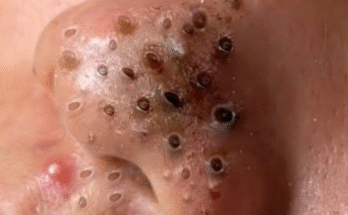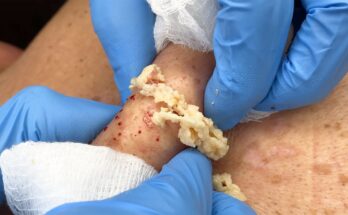For many, big cystic acne and stubborn blackheads are more than just skin flaws—they’re painful, persistent, and emotionally draining. These blemishes form when pores get clogged deep under the skin with oil, bacteria, and dead skin cells. Unlike surface pimples, cystic acne and deep blackheads often require professional extraction to fully remove and prevent scarring.
The treatment process begins with a thorough cleansing to rid the skin of surface oil and impurities. This is followed by gentle steaming to open up the pores, making extractions more effective and less damaging to the skin. Using sterilized tools, the specialist will carefully extract blackheads, milia (tiny white bumps), whiteheads, and sometimes even deep-seated cysts. Milia are particularly tough because they are hard keratin-filled bumps that don’t easily pop on their own.
Cystic acne may require more than just extraction. In some cases, a dermatologist might perform a drainage procedure to release trapped pus or inject the cyst with a corticosteroid to reduce swelling and encourage faster healing. For recurring or severe cases, prescription medications such as oral antibiotics or isotretinoin (Accutane) may be necessary.
Watching the removal of these blemishes—often seen in viral pimple popping videos—can be oddly satisfying. It’s not just visual; there’s a real sense of relief in seeing painful pressure released and the skin slowly return to normal. Though tempting, these procedures should never be attempted at home, as improper techniques can cause infection, bruising, or long-term scarring.
Post-treatment, the skin is usually soothed with antibacterial toner, calming serum, and sun protection. Keeping the skin clean and hydrated is essential to prevent further blockages.
In the end, treating big cystic acne, blackheads, whiteheads, and milia is not just about looks—it’s about comfort, confidence, and taking care of your skin the right way. With professional care and patience, even the most stubborn acne can finally be cleared.

